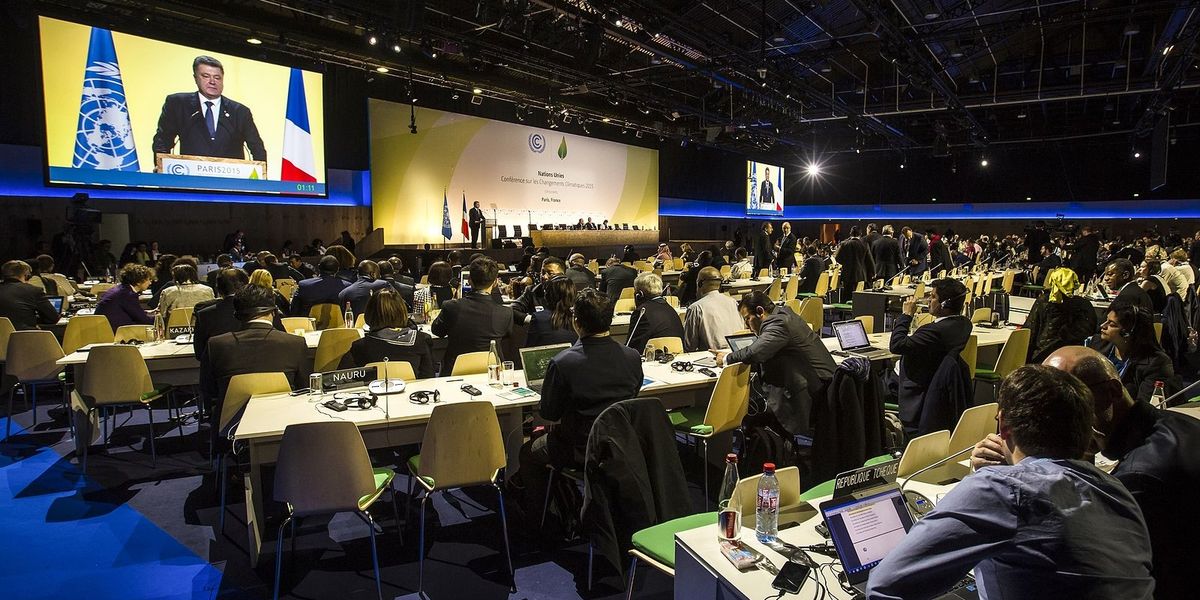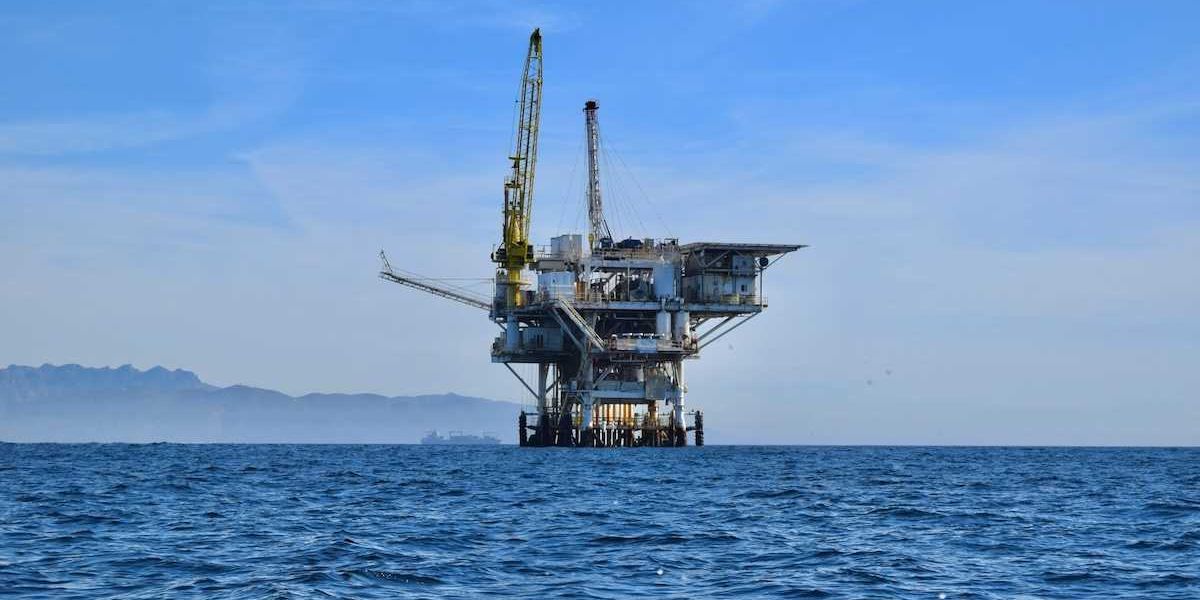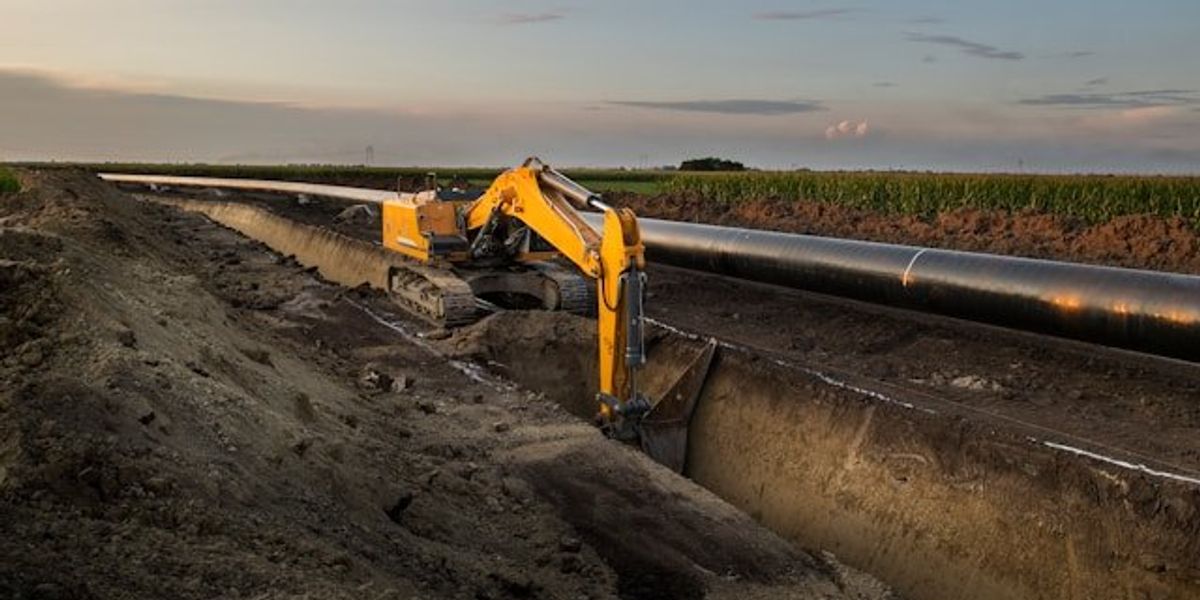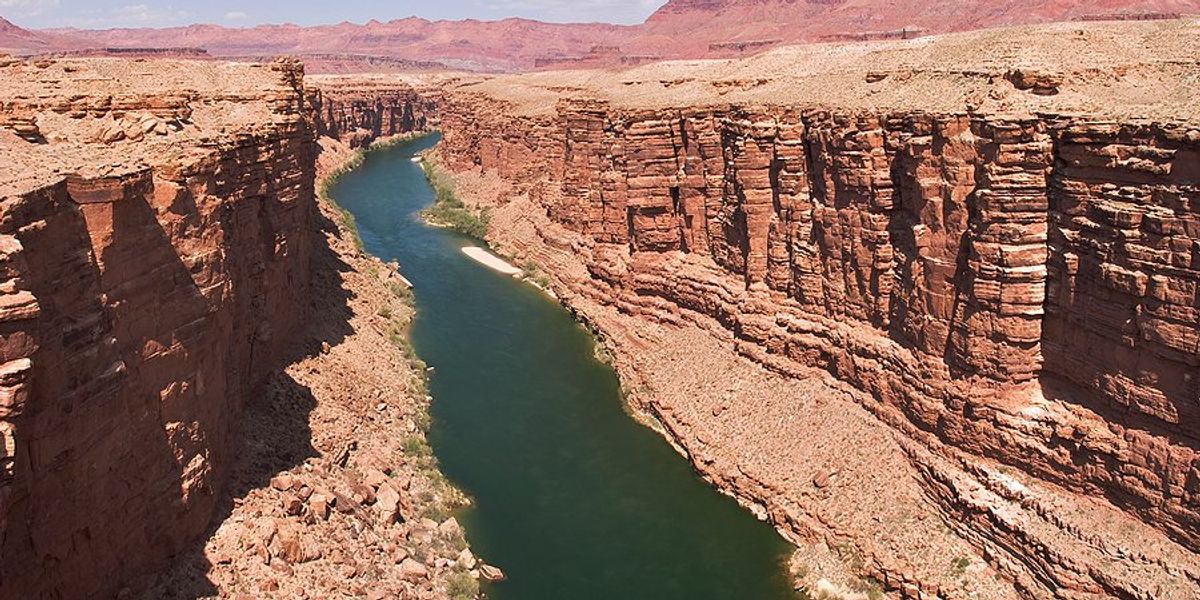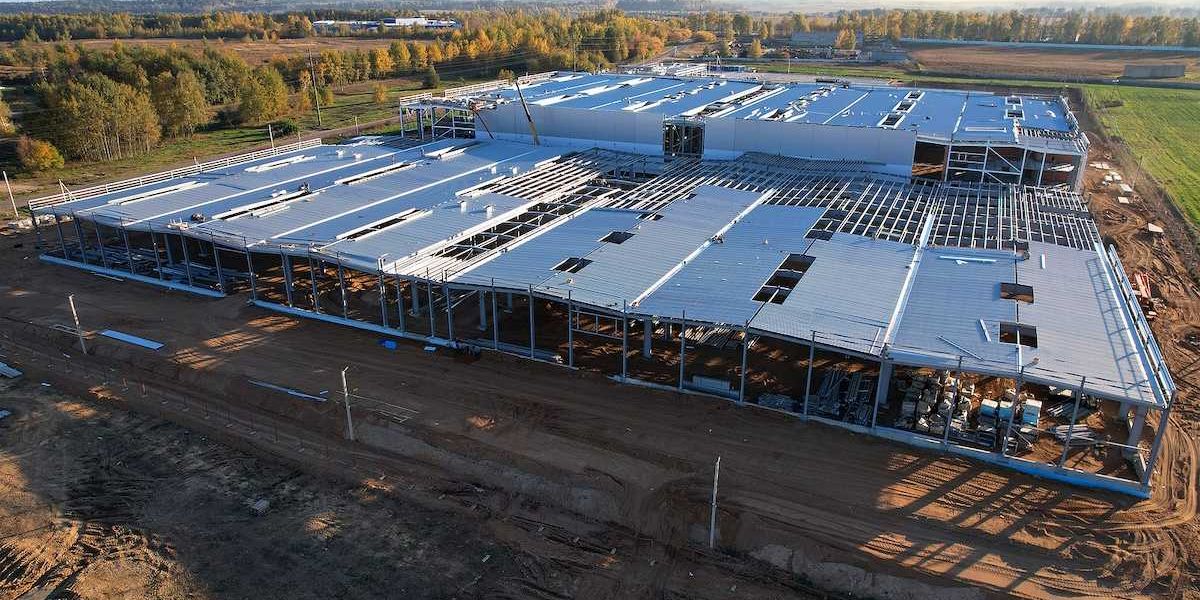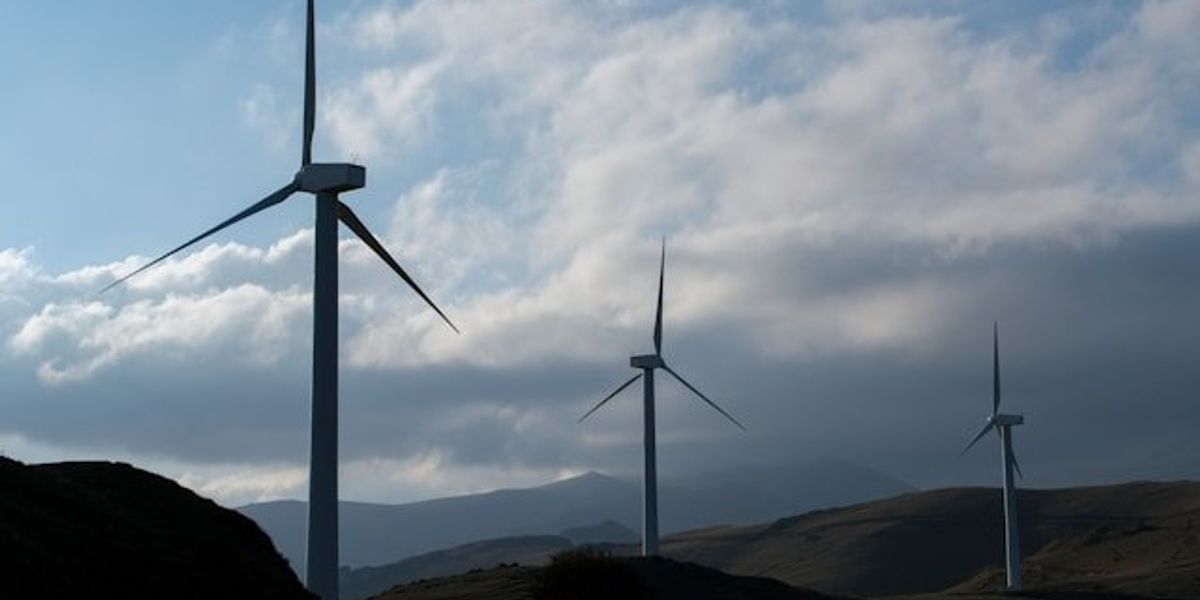
Trump administration moves to replace senior official at global energy agency
The Trump administration is seeking to remove Mary Warlick, the No. 2 official at the International Energy Agency, as part of a broader push to shift the organization’s stance on fossil fuels and U.S. energy priorities.
Brian Dabbs and Sara Schonhardt report for E&E News.
In short:
- Energy Secretary Chris Wright and Republican allies say the IEA discourages fossil fuel investment through its forecasts, and are pushing for internal changes or a U.S. withdrawal from the agency.
- The White House is weighing cuts to IEA funding as part of the 2026 budget, amid criticism of its projections for peak oil and gas demand this decade.
- U.S. officials have urged the IEA to reinstate a “Current Policy Scenario” in its flagship outlook, which was dropped in 2020, to better reflect existing national energy policies.
Key quote:
“Massive investment in clean energy is the best guarantee of energy security in the future, and it will also drive down harmful greenhouse gas emissions.”
— Mary Warlick, deputy executive director, International Energy Agency
Why this matters:
The International Energy Agency’s data and forecasts influence trillions of dollars in energy investments and shape national policy decisions worldwide. U.S. pressure to shift the agency’s focus toward fossil fuels could ripple far beyond Washington, affecting how countries plan their energy transitions, climate strategies, and economic development. If the U.S. were to weaken its role or withdraw, it could lose a key platform for influencing global energy policy — potentially ceding ground to other major players like China or the European Union.
Learn more: Trump's fossil fuel push is influencing global energy policies

